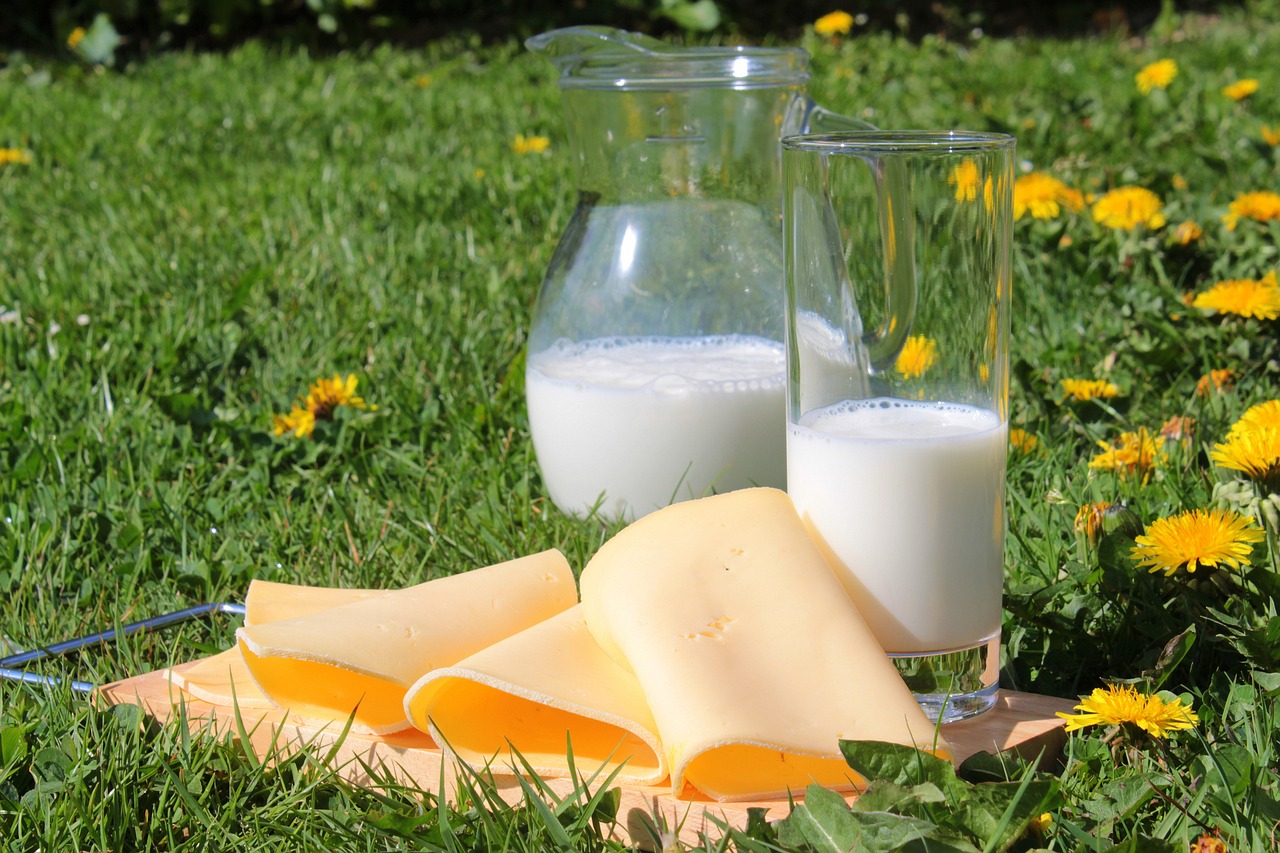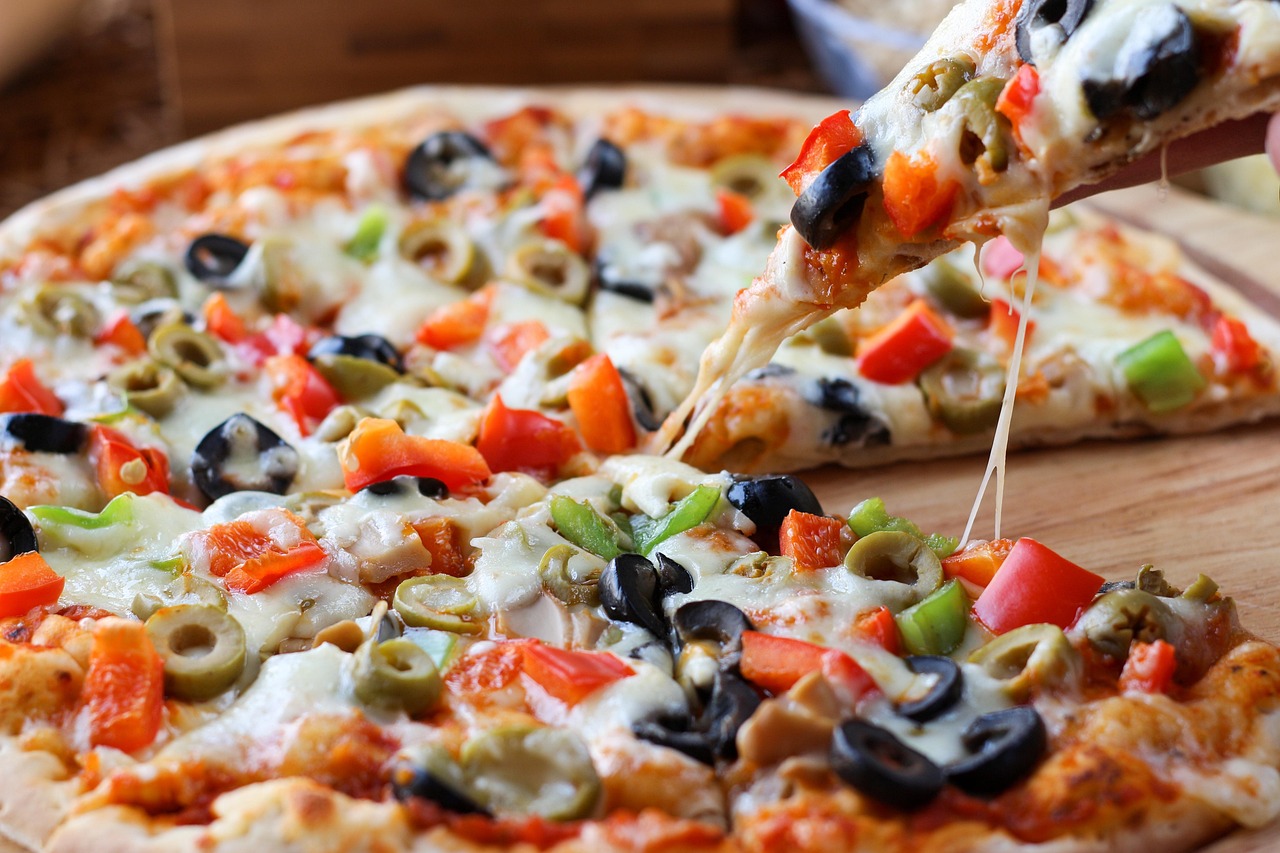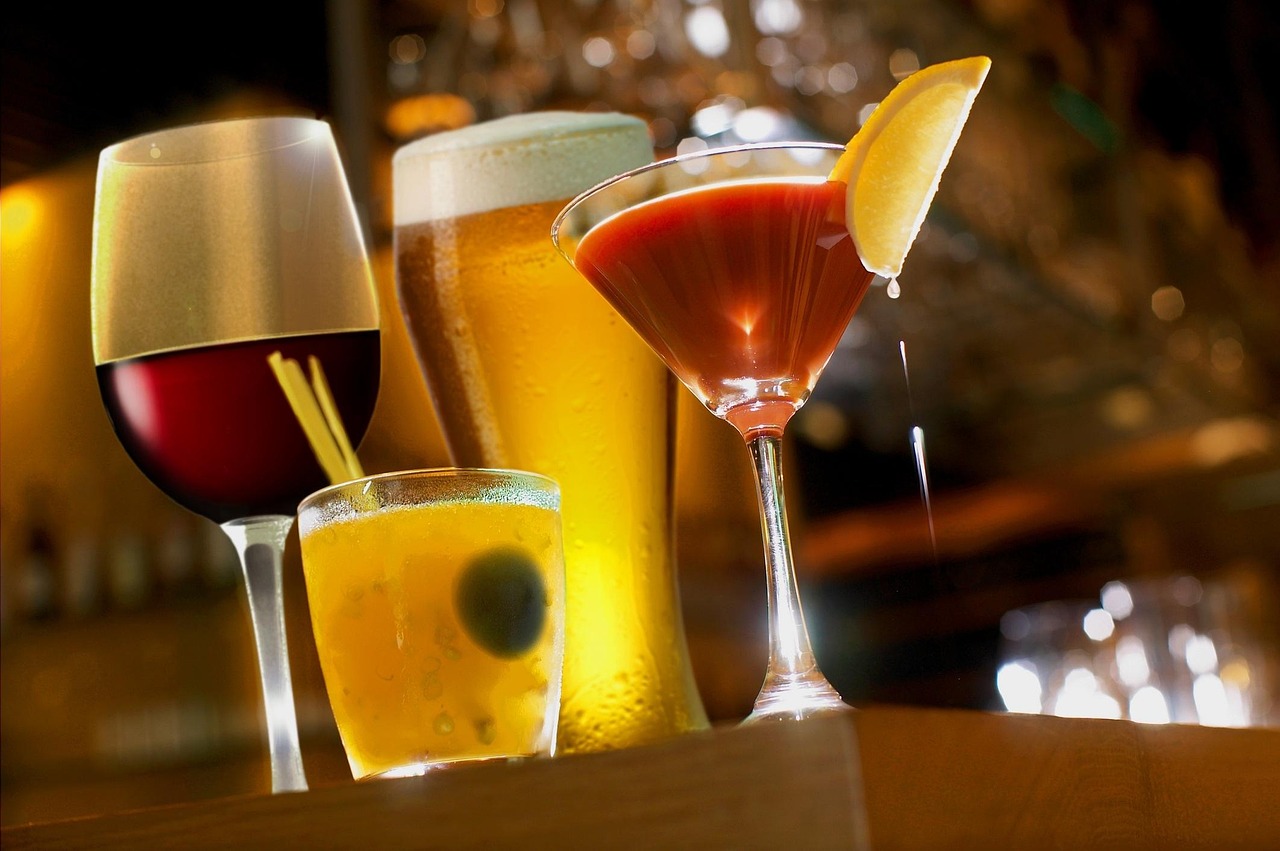Tag: green living
-
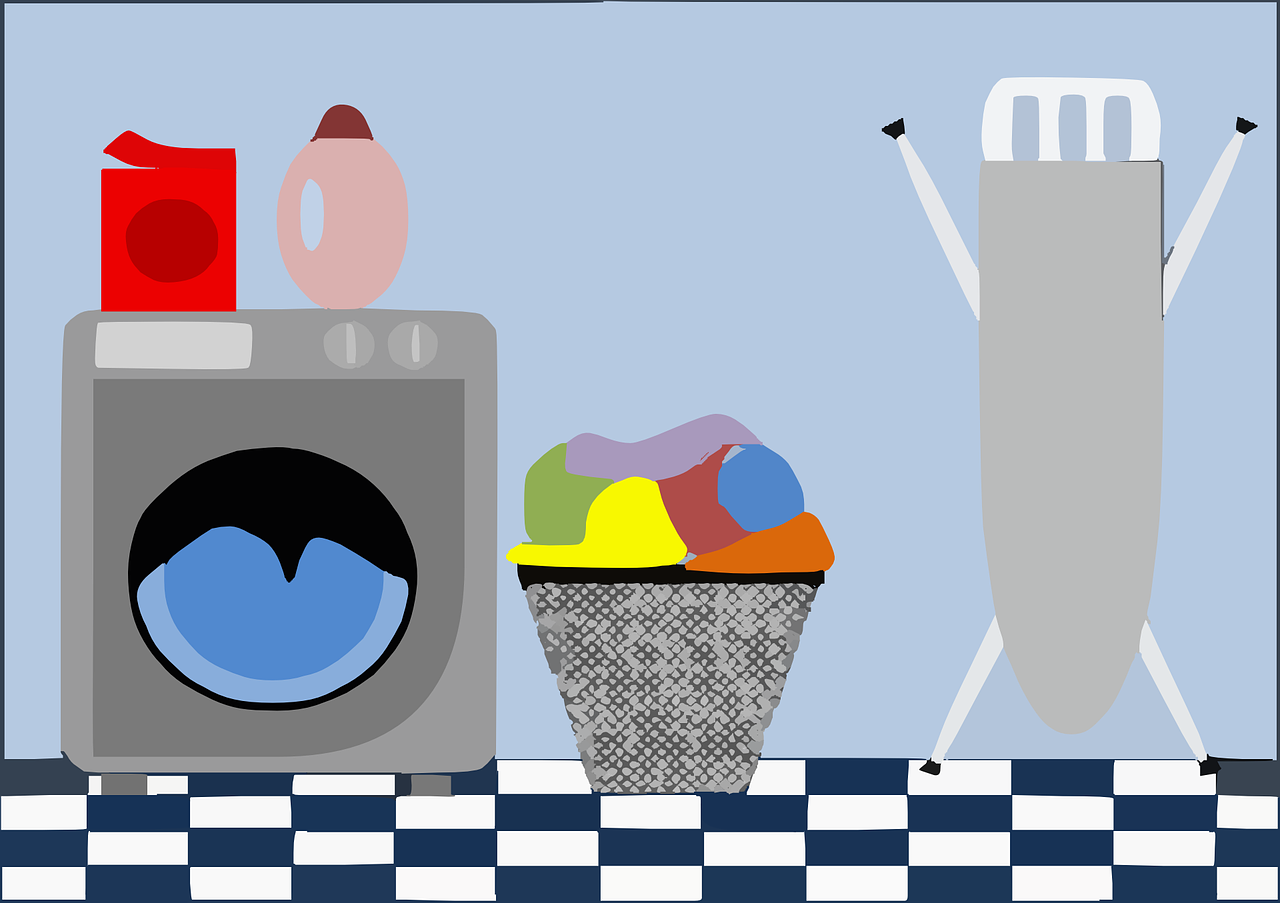
How you wash your clothes in the washing machine can make a big impact on the carbon emissions you are producing. You can save a quarter of a ton of carbon emissions person and save money with these tips below. Loading the washing machine The easiest way to reduce the carbon footprint of your laundry…
-
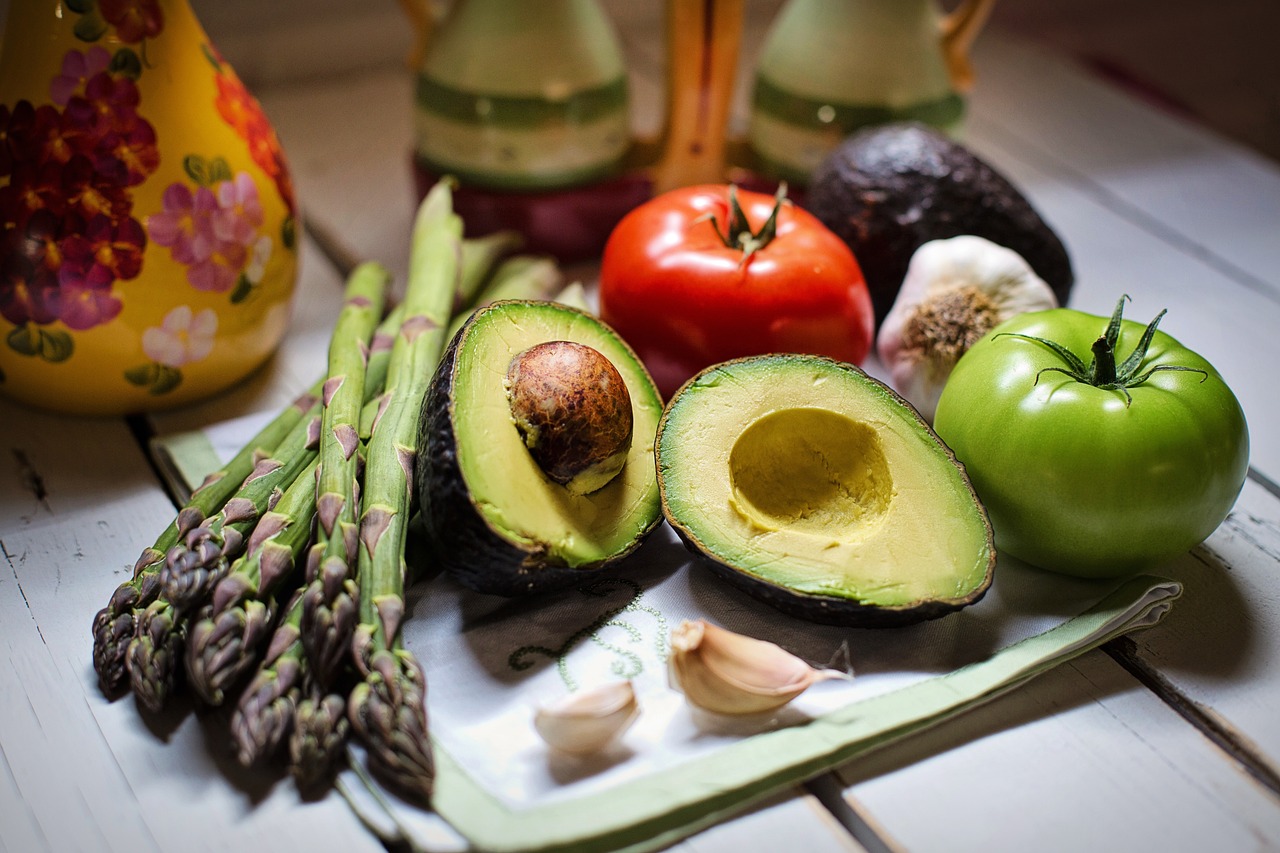
Do you need to buy expensive organic food to be eco-friendly? The answer is NO. This is a big myth that needs dispelling. First, it is not clear why organic food is ‘eco-friendly’. Second it is usually significantly more expensive than food that is not organic and does not last as long. No wonder people…
-

How can we choose low carbon emitting desserts? Professor Brindle’s book ‘Food and climate change without the hot air’ offers some insights on how we can reduce carbon emissions of popular desserts. Cake Most cakes typically have many dairy products and is a high emissions dessert compared to other options. Cakes contain butter, milk…
-

An Indian takeaway is one of the most popular takeaways to have in Britain. How can we reduce carbon emissions when ordering Indian food? Indian curries and meat As with all meals, curries with meat and in particular beef and lamb, are going to have a higher carbon footprint. So, the best things to order…
-

Which one has more carbon emissions? Tea and coffee are amongst the most popular drinks consumed across the world. Around 2 billion cups of coffee and 5 billion cups of tea are drunk everyday worldwide. If you are indifferent between drinking either of the drinks, choose tea over coffee because tea has lower carbon emissions.…


